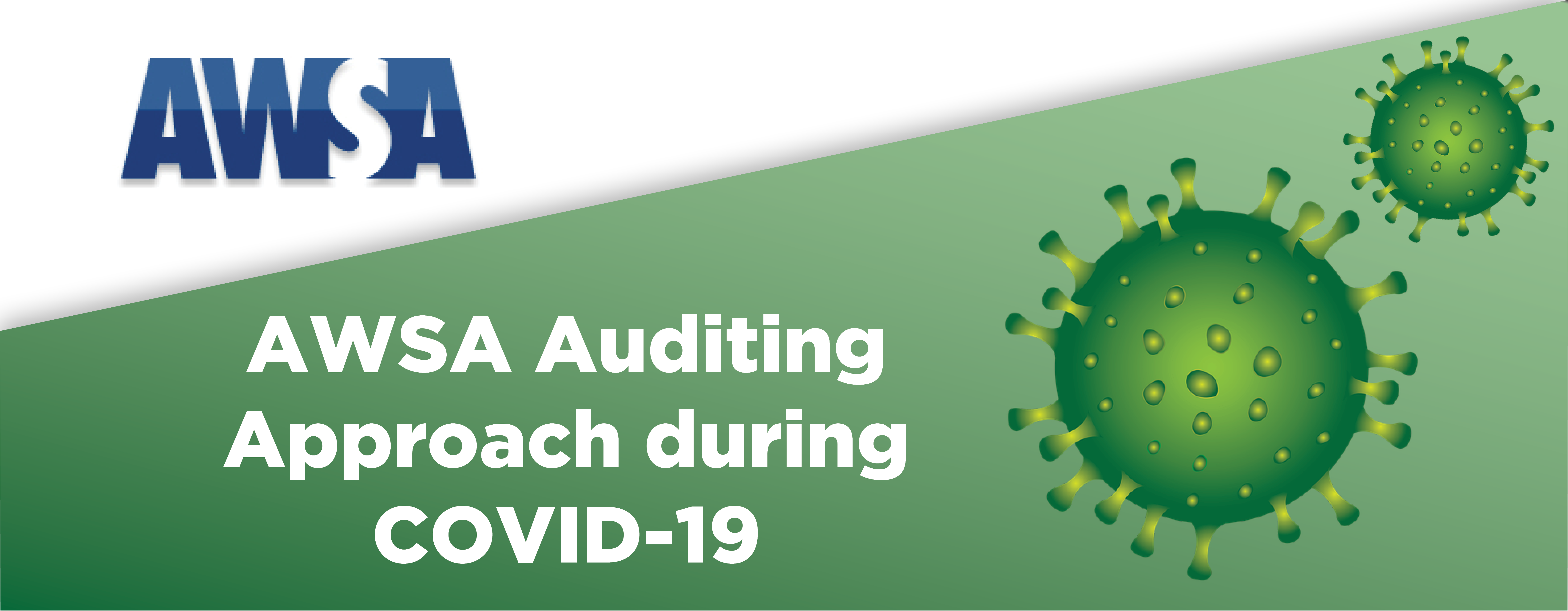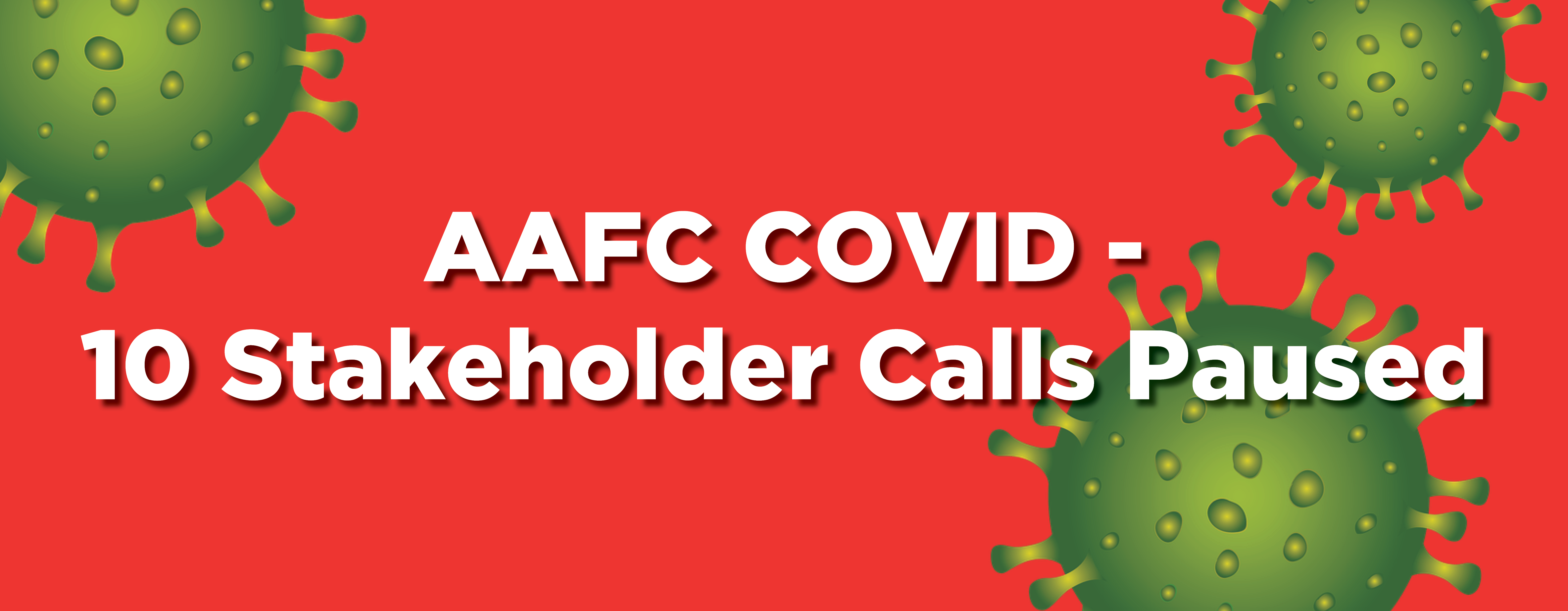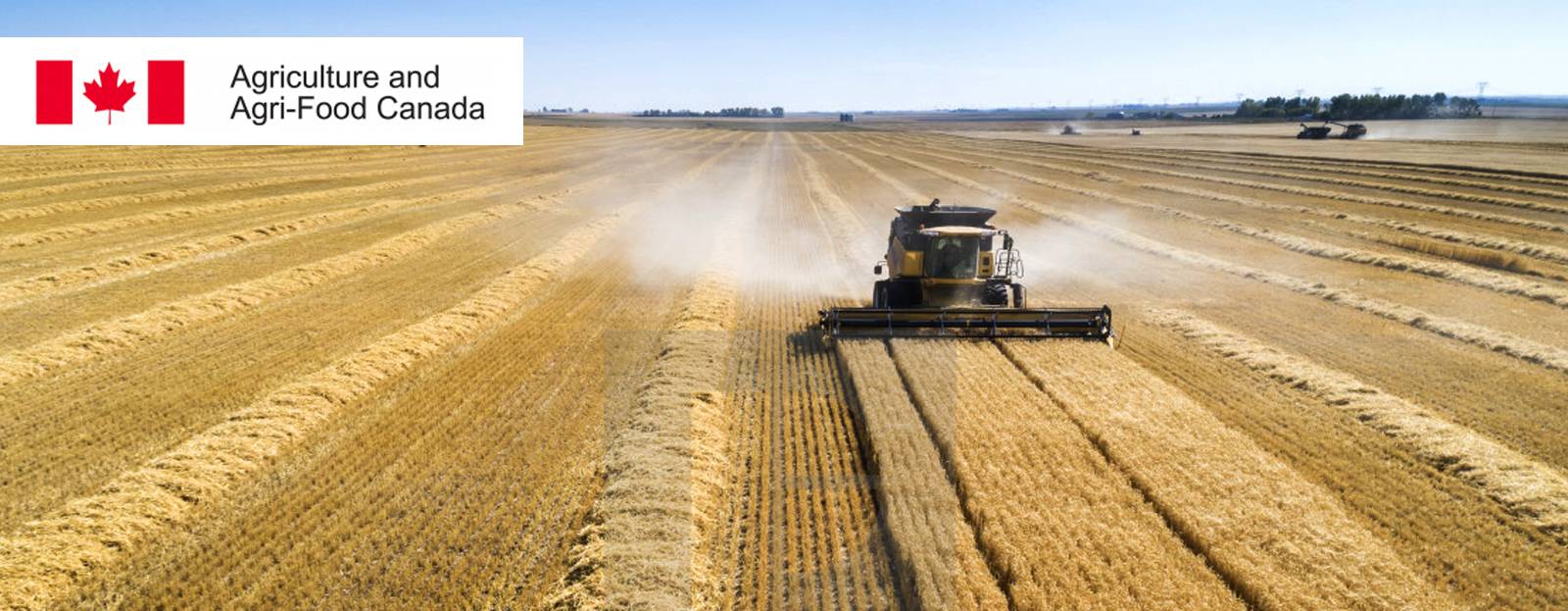Understanding the Carbon Tax
Carbon taxes have a large impact on the profitability and operations of businesses. Jeff Harrison, CPA, CMA, Indirect Tax Partner at MNP LLP recently gave an update on what the carbon tax is and how it might impact the agriculture industry in the future.
Reminder, as reported in the last issue of the newsletter, Fertilizer Canada’s Anhydrous Ammonia Code of Practice has already been updated for January 2022 and is now available for download. The Ammonia Code provides uniform safety and security practices for the safe handling and storage of anhydrous ammonia at ag-retail facilities across Canada.
The Agrichemical Warehouse Standards Association (AWSA) has released a Revised COVID-19 Auditing Policy. Effective August 1, 2021 audits can be completed either virtually or in-person.
By now you and your team should have received the CAAR Communicator August issue.The August 2021 issue of The CAAR Communicator magazine is now available in print and online.
CAAR members are encouraged to participate in the Webinar: Taking Advantage of Carbon Pricing Opportunities on September 29, from 10:00 am to 12:00 noon (EDT).
As you are all aware, the federal general election will be held on September 20th. This means we are now in a writ period which impacts Agriculture & Agri-Food Canada’s (AAFC) capacity to engage with stakeholders.
Save the Date: February 8th to 10th, 2022. It’s been a crazy 18 months, making it harder to connect and network with those in the agri-retail space. One of CAAR’s greatest membership advantages is bringing CAAR members together! The Conference Committee has been hard at work, preparing for the 2022 conference.
After a federal decision to halt the proposed increases to herbicide MRLs, CAAR gets to work to renew its efforts to ensure the ag retail industry has its say.
Agriculture and Agri-Food Canada (AAFC) recently hosted a virtual presentation regarding the 2021 Medium Term Outlook (MTO) for Canadian and international agricultural markets.
The MTO is an analytical tool that provides a baseline projection for supply and disposition of major crops, livestock, dairy, poultry, feed, cereal and oilseed sectors over a ten-year period, 2020-2030, based on current policies, macroeconomic and agricultural market environment.
Newsroadmap2024-05-09T10:25:01-05:00










